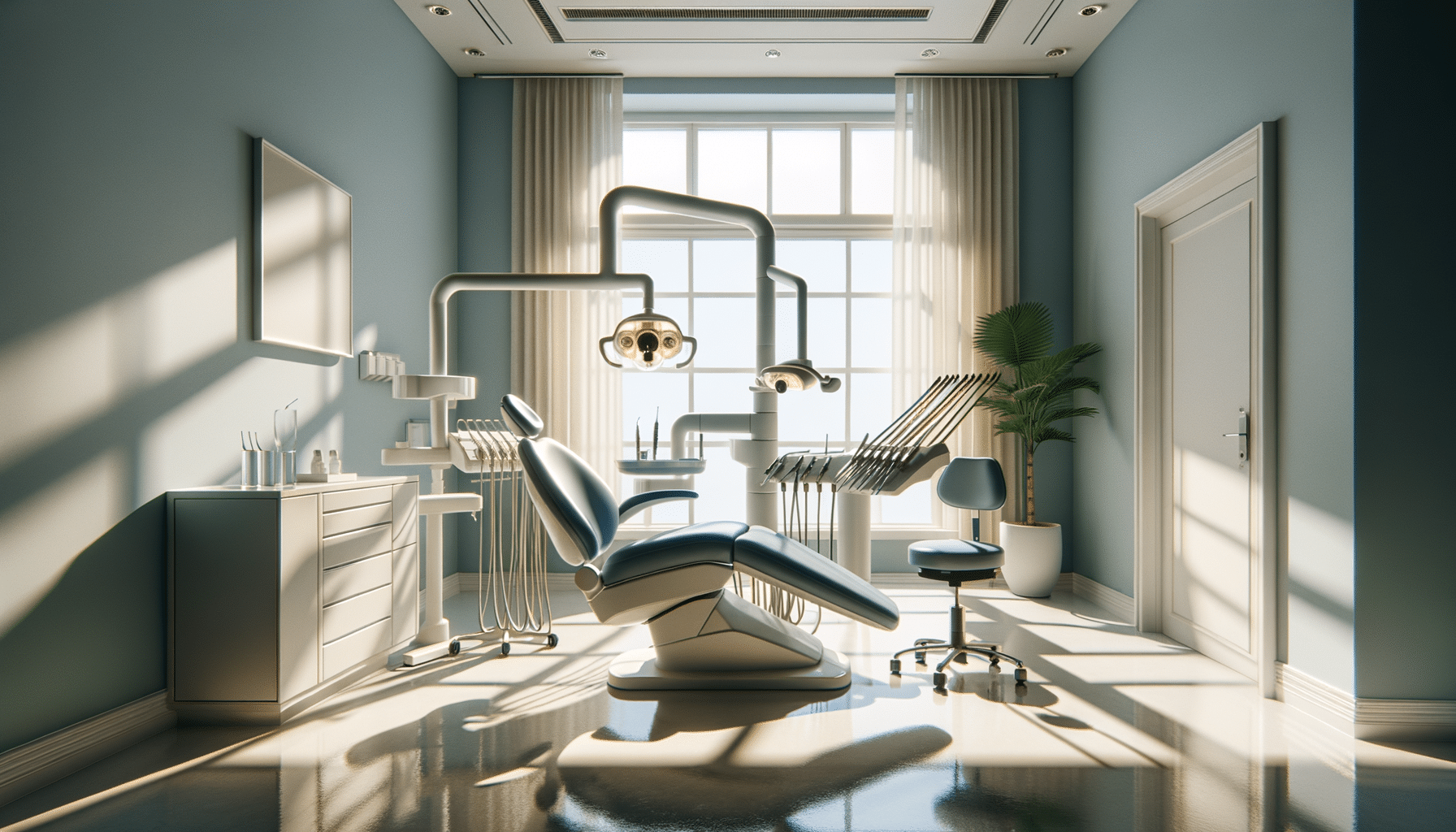
Understanding Congenital Adrenal Hyperplasia and Its Impact on Female Puberty
Introduction to Congenital Adrenal Hyperplasia
Congenital Adrenal Hyperplasia (CAH) is a genetic disorder that affects the adrenal glands, which are responsible for producing essential hormones like cortisol and aldosterone. This condition is primarily caused by a deficiency in the enzymes that produce these hormones, leading to an overproduction of androgens, or male sex hormones. While CAH can affect both males and females, its impact on female puberty is particularly significant and complex.
CAH is classified into two main types: classical and non-classical. The classical form is more severe and is usually diagnosed in infancy or early childhood, while the non-classical form is milder and may not be identified until later in life. Understanding CAH’s impact on female puberty is crucial for managing its symptoms and providing appropriate treatment to those affected.
The Biological Impact of CAH on Female Puberty
In females, CAH can lead to various changes in the body due to the overproduction of androgens. One of the most noticeable effects is the development of male-like characteristics, a condition known as virilization. This can include the growth of facial hair, deepening of the voice, and an increase in muscle mass. These changes can occur even before puberty, leading to early or precocious puberty in some cases.
Additionally, CAH can affect the growth and development of secondary sexual characteristics. Girls with CAH may experience irregular menstrual cycles or amenorrhea, the absence of menstruation. The condition can also cause ambiguous genitalia in newborns, leading to challenges in determining the child’s sex at birth.
The early onset of puberty and atypical development of sexual characteristics can have a profound impact on the psychological and emotional well-being of affected individuals, making it essential to address both the physical and mental health aspects of CAH.
Diagnosis and Treatment of CAH
Diagnosing CAH typically involves a combination of physical examinations, hormone tests, and genetic testing. Newborn screening programs in many countries now include tests for CAH, allowing for early detection and intervention. Early diagnosis is crucial for managing the condition effectively and reducing the risk of complications.
The primary treatment for CAH involves hormone replacement therapy to balance the levels of cortisol and aldosterone in the body. This often includes the use of glucocorticoids and mineralocorticoids to compensate for the deficient hormone production. Regular monitoring and adjustments to the treatment plan are essential to ensure optimal health and development.
For females with CAH experiencing virilization, additional treatments such as anti-androgen medications may be prescribed to reduce the effects of excess androgens. Surgical interventions may also be considered to address any anatomical abnormalities present at birth.
Psychosocial Considerations and Support
Living with CAH can present various challenges beyond the physical symptoms. Psychological and social support is crucial for individuals and families affected by this condition. The stigma associated with atypical physical development can lead to feelings of isolation and low self-esteem, particularly during adolescence.
Support groups and counseling services can provide a safe space for individuals with CAH to share their experiences and receive emotional support. Education and awareness programs can also help reduce misconceptions about the condition and promote understanding among peers and the broader community.
Healthcare providers should work closely with patients and their families to address the emotional and social aspects of living with CAH, ensuring a holistic approach to care.
Future Directions and Research
Research into CAH is ongoing, with scientists exploring new treatment options and improved diagnostic methods. Advances in genetic testing and gene therapy hold promise for more precise and effective interventions in the future. Understanding the genetic basis of CAH can also lead to better screening and prevention strategies.
One area of interest is the development of treatments that target the underlying genetic causes of CAH, potentially offering a cure for the condition. Additionally, research into the long-term effects of hormone replacement therapy and its impact on quality of life is crucial for optimizing treatment plans.
Continued investment in CAH research and collaboration between medical professionals and patient advocacy groups are essential for improving outcomes and supporting those affected by this complex disorder.


